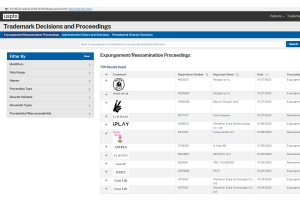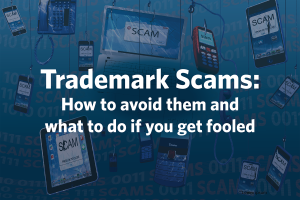TitlePrevent scams
TitleResponse to scams
At the United States Patent and Trademark Office (USPTO), our fundamental mission is to provide stable, reliable, and predictable intellectual property (IP) rights for those who receive a patent or a trademark registration. Over the years, the USPTO has developed systems to protect trademark owners and innovators from fraud, theft, and abuse from those intent on stealing their proprietary ideas, their designs, their brand identities, and their livelihoods.
We investigate possible scams involving suspected fraud, unauthorized practice of law, and abuse of our rules, such as the rise in fraudulent solicitations from so-called IP “experts” offering their services to assist owners of trademark applications and registrations at the USPTO.
We’re dedicated to identifying these problems and stopping them where possible. We look to see if violations are unintentional, or essentially simple and honest mistakes, or whether the behavior is intended to defraud our customers and the integrity of the trademark register. Although we don’t have the legal authority to sue or prosecute those who attempt to defraud our customers, we actively work with other federal agencies, such as the Department of Commerce’s Office of the Inspector General, the Department of Justice (DOJ), the Federal Trade Commission (FTC), and the United States Postal Inspection Service (USPIS), to help raise awareness of fraudulent activity and fight back.




